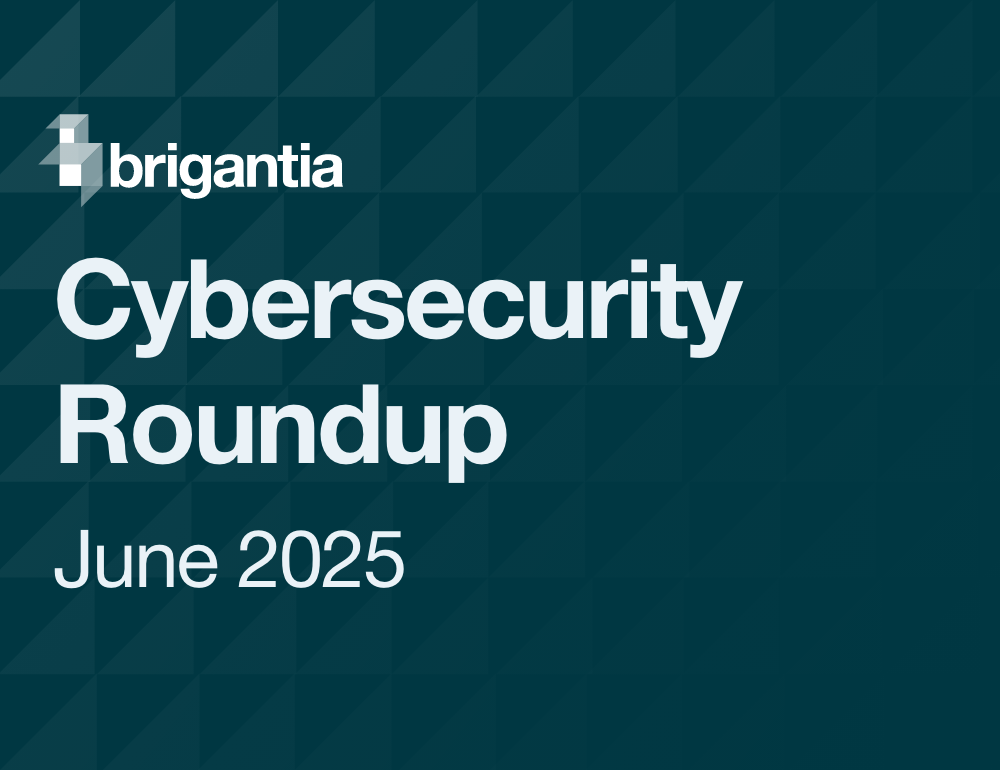In 1950, Alan Turing proposed a test to measure a machine's ability to exhibit intelligent behaviour indistinguishable from a human. Known as the Turing Test, it challenges whether an artificial intelligence (AI) system can convincingly mimic human conversation. Over recent years, AI systems, especially chatbots powered by large language models, are getting closer to consistently passing this test. The reasons for their success, however, goes beyond technical mastery of language processing.
A deeper explanation lies in the principles of communication articulated by the philosopher Paul Grice, whose insights into conversational norms provide a fascinating perspective on how machines mimic human intelligence.
Grice’s philosophy of communication
Grice's philosophy of language identifies key principles that underpin effective communication. His “Cooperative Principle” suggests that participants in a conversation inherently aim to cooperate, guided by four conversational maxims:
- Quality (truth)
- Quantity (informativity)
- Relation (relevance)
- Manner (clarity)
These maxims - being truthful, providing the right amount of information, staying relevant, and communicating clearly form the foundation of human dialogue. Interestingly, AI systems appear to follow these maxims, whether intentionally programmed to or as a by-product of their training.
AI chatbots and Grice’s key principles of communication
Chatbots succeed because they simulate adherence to these conversational norms. When they generate factually accurate responses, they appear to follow the maxim of quality (truth). By tailoring the length and depth of their responses to the user’s input, they give the impression of respecting the maxim of quantity (informativity). Their ability to stay on topic demonstrates their alignment with the maxim of relation (relevance), and their structured, coherent answers reflect the maxim of manner (clarity).
Although these behaviours are driven by probabilistic algorithms rather than genuine understanding, they create a compelling illusion of intelligence, leading users to perceive chatbots as capable conversational partners.
Cybersecurity implications of AI chatbots
This capacity for seamless interaction has far-reaching consequences, particularly in the realm of cybersecurity. As AI systems grow more adept at emulating human communication, they also become potent tools for exploitation, especially in phishing and social engineering attacks.
AI chatbots and social engineering
Social engineering is a psychological manipulation technique used by cybercriminals which relies upon convincing targets to reveal sensitive information or perform actions that benefit the cybercriminal, usually to the target’s detriment. AI chatbots, armed with the ability to generate contextually relevant and persuasive responses, are changing the landscape of such attacks.
By exploiting conversational norms as described by Grice, these systems can craft messages that seem authentic and credible. For instance, a chatbot exploiting the maxim of relation (relevance) might tailor its responses to align with a target’s interests or current activities, increasing the likelihood of gaining their trust. Similarly, adherence to the maxim of quality (truth) makes the chatbot's statements sound believable, reducing suspicion.
Challenges in detecting AI-driven attacks
The scalability of these attacks compounds the threat. Unlike human social engineers, AI chatbots can engage in thousands of conversations simultaneously, targeted at individuals across different contexts. For example, a malicious chatbot could pose as a customer service agent, luring users into revealing passwords or credit card information. It could impersonate authority figures, such as a manager or CEO, to coerce employees into transferring funds or sharing confidential documents. The chatbot’s ability to follow conversational norms makes it difficult to distinguish these attacks from legitimate interactions.
AI and phishing attacks
The implications of chatbot’s ability to follow conversational norms is profound. Traditional phishing attempts often rely on poor grammar, generic messages, or obvious red flags to deceive their victims. AI chatbots, in contrast, are capable of producing grammatically perfect, context-aware, and highly tailored messages. This makes them harder to detect, and therefore significantly more effective. Moreover, the same qualities that help chatbots mimic human conversation make it challenging to build systems that can reliably identify and counter such threats.
Mitigating the risks of AI driven attacks
To mitigate the risks, cybersecurity measures must evolve in tandem with the capabilities of AI. To deal with such threats, technology alone will not be enough, a multifaceted approach is necessary:
- Fostering scepticism - people must develop a healthy scepticism toward seemingly authentic conversations, recognising that even well-crafted responses might come from a malicious bot.
- Stronger authentication - multi-factor authentication can add a layer of security that is independent of how convincing a chatbot’s responses might be.
- Ethical guidelines - governments and organisations are establishing ethical guidelines and regulations for AI development. Whether this will be like Canute ordering the tide to not come in remains to be seen.
AI and the future of security
As AI continues to advance, its ability to pass the Turing Test becomes less of an academic milestone and more of a societal challenge. The principles of communication outlined by Paul Grice offer a lens through which to understand how AI achieves this illusion of intelligence. But they also highlight the risks inherent in systems that so convincingly emulate human norms. Going forwards, our security depends on recognising and addressing such risks, ensuring that the benefits of AI are not overshadowed by its potential for harm.
Brigantia’s unique portfolio of products is comprised of leading solutions designed to protect against evolving threats. To find out more, please get in touch.






